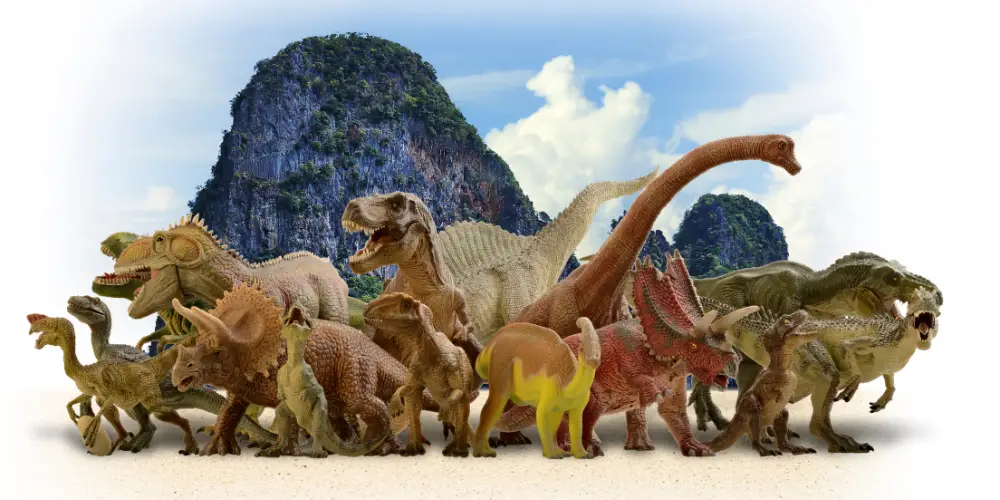Dinosaurs: powerful, fascinating, and ancient. But which of these prehistoric reptiles were the fastest?
Join us as we explore the top 10 fastest dinosaurs that have ever graced our planet.
Whether you’re a curious mind or a seasoned paleontologist, this article is your ticket to the exciting world of speedy dinosaurs.
Buckle up; it’s going to be a fast ride!
1. Nanotyrannus (80 km/h)
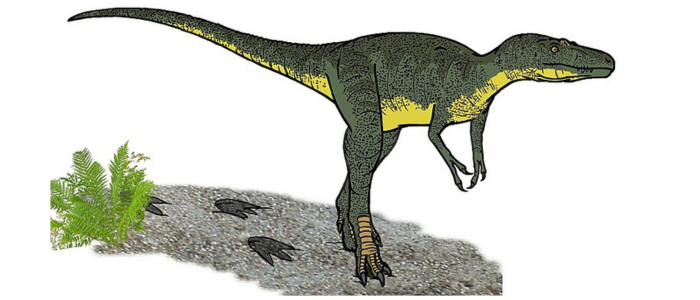
A small tyrannosaur with a lightweight build, long legs, and a slender body, which allowed it to be agile and fast while hunting
2. Troodon (80 km/h)

A small, bird-like theropod dinosaur with long legs, a lightweight body, and advanced senses which contributed to its speed and agility while hunting.
3. Saurornithoides (64 km/h)
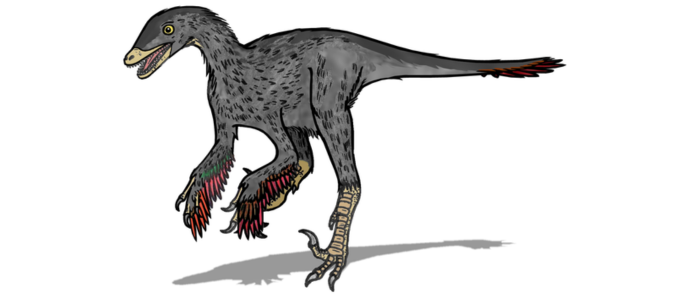
A troodontid dinosaur with long legs, a lightweight body, and advanced senses, which contributed to its speed and agility while hunting
4. Deinonychus (70 km/h)
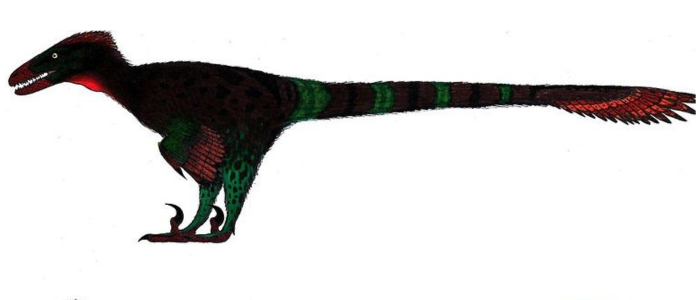
5. Dromaeosaurus (70 km/h)
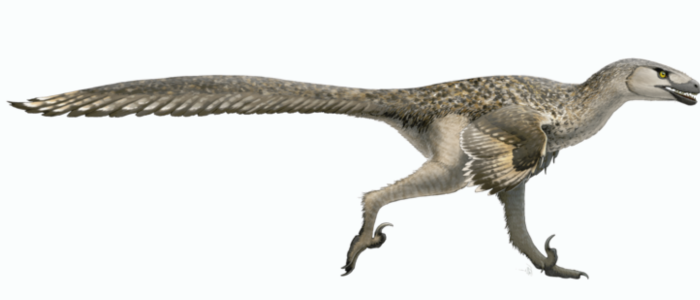
6. Ornithomimus (70 km/h)

An ostrich-like dinosaur with long legs, a small head, and a lightweight build contributed to its speed and agility.
7. Struthiomimus (67 km/h)
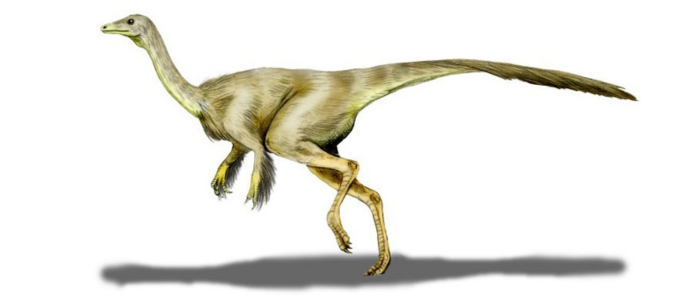
8. Gallimimus (68 km/h)
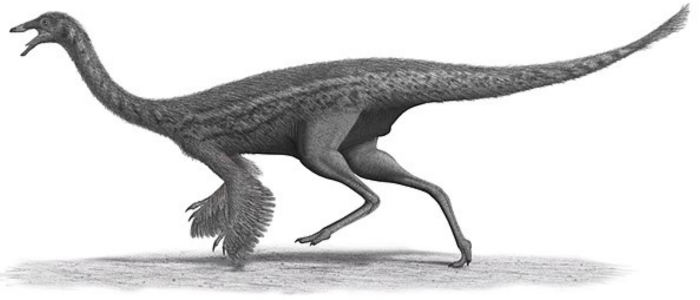
9. Elaphrosaurus (65 km/h)
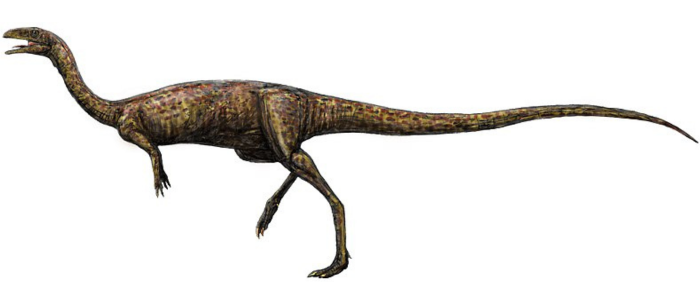
10. Velociraptor (64 km/h)

A small, agile theropod with long legs, a lightweight build, and a stiff tail for balance, which allowed it to be fast and agile while hunting.
These estimated top speeds are based on biomechanical analysis, fossil evidence, and computer simulations.
Please note that these speeds are based on scientific conjecture and cannot be confirmed. Some scientists may claim the above facts about the fastest dinosaurs are true or likely, while others may not.
According to paleontologists, Nanotyrannus and Troodon appear to be among the fastest dinosaurs, but the exact ranking is still up for debate.
Nanotyrannus and Troodon were likely fast dinosaurs due to their athletic builds; we cannot confirm either as the single fastest dinosaur compared to each other based on current fossil evidence.
Further research may help clarify their maximum speeds and relative ranking.
Estimating Dinosaur Speeds

Paleontologists use a variety of methods to estimate the top speeds dinosaurs could achieve:
- Studying Muscle Attachments – Bony crests and scars indicate the size of key running muscles. Bigger muscles enabled more power.
- Comparing Leg Proportions – Dinosaurs built for speed had longer shin bones and metatarsals than femurs.
- Computer Simulations – Advanced biomechanical computer models test performance.
- Fossil Trackways – Spacing between fossilized footprints provides clues to speed.
- Oxygen Isotope Analysis – Chemical traces in bones reveal oxygen use and circulation while running.
- Wind Tunnel Testing – Running robot models through wind tunnels reveals aerodynamics.
These methods provide reasonable approximate maximum speeds for dinosaurs.
We can examine how form, physiology, and biomechanics converged in certain dinosaurs to enable blazing-fast running.
Speed Determinants in Dinosaurs:
- Bone Structure: The leg bone ratio in dinosaurs affected their stride length and speed. A greater femur-to-tibia and metatarsal length ratio meant longer strides and potentially faster speeds.
- Muscle Attachments: Large muscle attachment sites on fossils indicate powerful muscles and a high potential for quick movement.
- Body Mass: Lighter dinosaurs, primarily carnivores, were typically faster, while heavier ones may have favored strength over speed.
- Footprints: Footprint size and spacing can suggest a dinosaur’s weight, stride, and speed. Wider-spaced prints might indicate running.
Environmental Context Affecting Dinosaur Speed:
- Terrains: Open plains favored high-speed dinosaurs like Gallimimus, while dense forests suited agile hunters like Velociraptor.
- Predator-Prey Dynamics: Speed in herbivores and predators evolved based on their dynamic interactions, affecting survival and hunting abilities.
- Climatic Conditions: Climate variables shaped dinosaur habitats, indirectly influencing some species’ speed attributes.
- Migrations and Movements: Long-distance migrations hint at the endurance and speed of specific dinosaur species.
Why Did Dinosaurs Develop Such High Running Speeds?
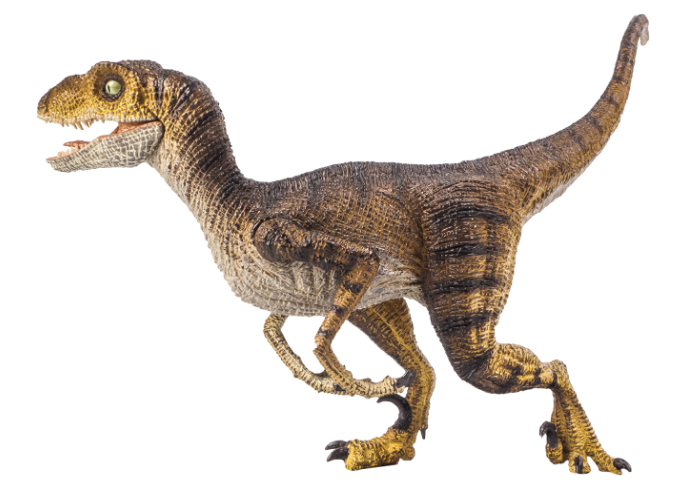
For most dinosaurs, speed was a crucial factor for survival. Being able to outrun predators, catch prey, and cover long distances for migration demanded a high level of athleticism.
Some of the primary factors that contributed to the development of high running speeds in dinosaurs include:
- Escaping large predators, such as theropods like Tyrannosaurus
- Pursuing herbivorous prey, such as hadrosaurs
- Rapidly moving between nesting sites and feeding grounds
- Migrating long distances in response to seasonal changes
- Competing for mates through displays of speed and agility
- Employing speed and agility while hunting in coordinated packs
- Utilizing speed to explore and exploit new ecological niches
- Outmaneuvering other dinosaurs when defending territory
These factors significantly shaped dinosaurs’ physical attributes and behaviors, ultimately leading to high running speeds in various species.
How Fast Could Other Dinosaurs Run?
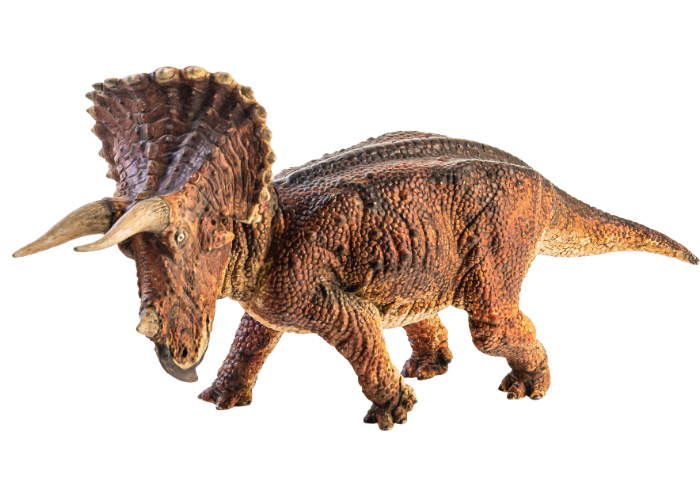
While this post focused on the confirmed speed demons, other dinosaurs likely also had respectable speed. Here are some estimates for additional dinosaurs:
- Triceratops – 20 mph
- Stegosaurus – 5 mph
- Brachiosaurus – 12-19 mph
- Ankylosaurus – 6 mph
The fastest herd animals, like Triceratops, needed speed to migrate in numbers.
Giant long-necked sauropods may have used a brisk walking gait when moving between grazing sites.
Heavily-armored ankylosaurs were likely relatively slow.
Mid-sized hunters like Allosaurus and Carnotaurus could probably reach 30-35 mph among theropods.
Smaller raptors were all quick and agile. Larger tyrannosaurs, despite their bulk, reached surprising speeds, too.
No matter their size or niche, dinosaurs evolved to run at the maximum speeds their anatomy and habitat allowed.
Speed was essential to survival in the prehistoric world!
Fast Dinosaurs vs. Today’s Fastest Animals
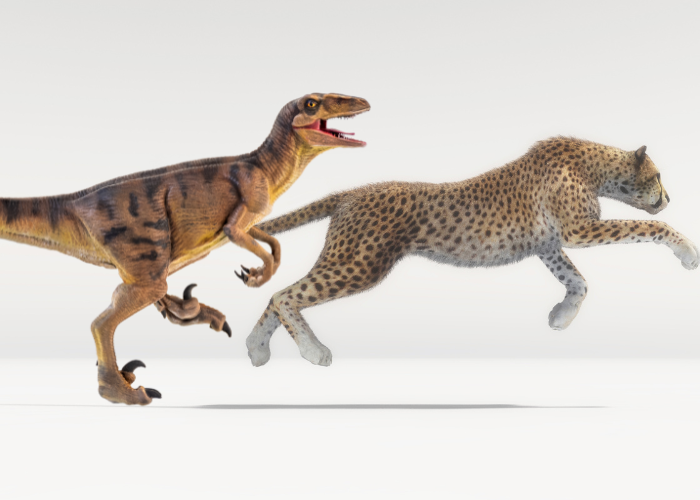
| Fast Dinosaurs | Today’s Fastest Animals | |
|---|---|---|
| Representative Species | – Velociraptor | – Cheetah |
| – Ornithomimus | – Pronghorn antelope | |
| – Gallimimus | – Springbok | |
| Estimated Top Speed | – 64 km/h (Velociraptor) | – 120 km/h (Cheetah) |
| – 70 km/h (Ornithomimus) | – 97 km/h (Pronghorn antelope) | |
| – 68 km/h (Gallimimus) | – 88 km/h (Springbok) | |
| Key Features | – Hollow bones for lightness | – Large nasal passages (Cheetah) |
| – Long hind limbs | – Long legs and lightweight body (Springbok) | |
| – Adapted for sprinting | – Specialized hooves (Pronghorn antelope) | |
| Habitats | – Plains | – Savannas (Cheetah) |
| – Forest edges | – Grasslands (Pronghorn antelope) | |
| – Open woodlands (Springbok) |
Comparing these ancient giants to modern animals like the cheetah (which can reach 60 mph) offers fascinating insights.
While we have some speedsters today, the dinosaur world had its own set of sprinting champions.
Dinosaur Speed Controversies
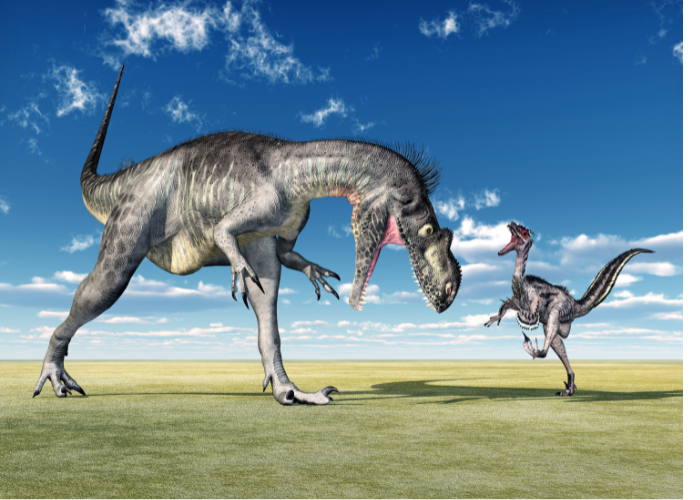
- Estimation Discrepancies: Methods to gauge dinosaur speeds vary, resulting in differing speed estimates. The reliability of these calculations hinges on model assumptions and fossil data quality.
- Physiological Factors: While some studies suggest dinosaurs grew rapidly, influencing their speed, the topic of their thermoregulation remains contested.
- Biomechanical Debates: The design and purpose of certain dinosaurs’ features, like the T. rex’s ability to run or walk briskly, are debated. The function of attributes such as longer legs, whether for speed or other reasons, is also under scrutiny.
- Modern Animal Comparisons: Matching dinosaur speeds to modern creatures is complex due to differing habitats and times. Some believe dinosaurs might’ve been slower or potentially faster than today’s animals.
- Behavioral & Ecological Impact: A dinosaur’s speed could dictate hunting strategies and social behaviors. However, the connection between speed and behavior isn’t clear-cut and demands more research.
Understanding these speeds can illuminate dinosaur ecology, behavior, and survival.
For instance, faster dinosaurs might have excelled in hunting, evading predators, or migrating, influenced by factors like mate competition or ecological exploration.
Final Thoughts

The world of dinosaurs is vast and varied. From the enormous, lumbering herbivores to the agile predators, speed played a vital role in the survival of these incredible creatures.
As we unearth more fossils and delve deeper into our planet’s history, we continue to learn and marvel at the capabilities of these ancient giants.
Discovering the capabilities of creatures that roamed the earth millions of years ago informs us about the past.
It gives us a greater appreciation for the animals that inhabit our planet today.
Every discovery, every fossil, every footprint adds another piece to the intricate puzzle of our planet’s rich history.
REFERENCES:
- Bennington, J. B. (2009). Laboratory – Estimating dinosaur speed from trackways part I – Testing the method of R. McNeill Alexander (1989) [PDF]. https://d32ogoqmya1dw8.cloudfront.net/files/NAGTWorkshops/paleo/activities/laboratory_ndash_estimating_di.pdf
- Britannica. (2023, May 22). Titanosaurs: 8 of the world’s biggest dinosaurs. https://www.britannica.com/list/titanosaurs-8-of-the-worlds-biggest-dinosaurs
- Sellers, W. I., Manning, P. L., Crompton, R. H., & Codd, J. R. (2007). Estimating dinosaur maximum running speeds using evolutionary robotics. PMC. https://www.ncbi.nlm.nih.gov/pmc/articles/PMC2279215/
- Persons, W. S., & Currie, P. J. (2021). Natural frequency method: Estimating the preferred walking speed of Tyrannosaurus rex based on tail natural frequency. Royal Society Open Science, 8(4). https://doi.org/10.1098/rsos.201441
- American Museum of Natural History. (2012, December 10). Relative speed of dinosaurs. https://www.amnh.org/learn-teach/curriculum-collections/dinosaurs-activities-and-lesson-plans/relative-speed-of-dinosaurs
- Kvale, E., & Sowder, K. (2005). Determining height and speed using dinosaur footprints [PDF]. Indiana Geological Survey. https://igws.indiana.edu/outreach/additional/activities/DinoMeasurements.pdf
- Woodward, H. N., Tremaine, K., Williams, S. A., Zanno, L. E., Horner, J. R., & Myhrvold, N. (2019). Growing up Tyrannosaurus rex: Osteohistology refutes the pygmy “Nanotyrannus” and supports ontogenetic niche partitioning in juvenile Tyrannosaurus. Science Advances, 6(1). https://doi.org/10.1126/sciadv.aax6250


